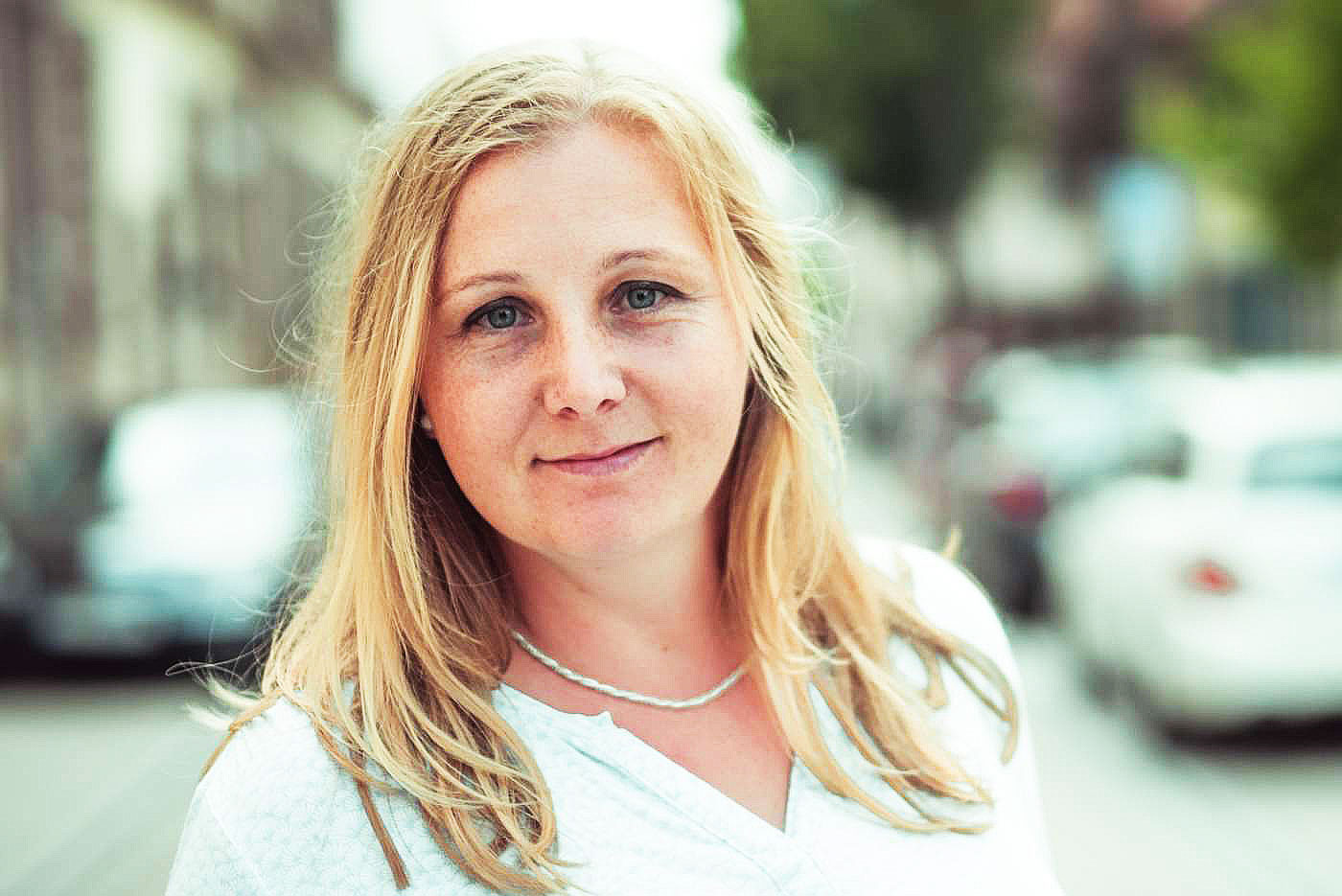The influence of the family form is mostly overestimated

Dr. Andrea Buschner was a researcher at the State Institute for Family Research at the University of Bamberg. She collaborated on the important study on the living situation of children in same-sex civil partnerships. Familyship spoke with her about the changing nature of family as well as the impact of different family models on child development.
Dr. Buschner, how has the family changed over the last 20 years?
Social change in relation to the family is extremely slow. Therefore, we have to talk more about the last 40 to 50 years. During this time, an enormous pluralization of family forms has taken place. For example, although stepfamilies or single mothers have always existed, their number has increased and their context of formation has changed. While in earlier years the death of one parent and subsequent remarriage led to stepfamilies, today separation and divorce of both partners are mostly responsible. Despite an increasing diversity of life and family forms, the middle-class nuclear family with a married, opposite-sex couple and their biological children is still used as the family ideal today. Other family forms, such as rainbow families, solo mothers, and step and patchwork families, are measured against this ideal, although it was only lived for a brief period during the 1950s and 1960s.
In your estimation, have the political framework conditions as well as other people’s acceptance of new family forms changed in the same way? If not: what else needs to be done?
While 20 years ago a gay couple on the street was an eye-catcher, today a large part of the population is no longer impressed by this. It became the norm among broad sections of the population – though unfortunately not everywhere. The situation is different when children are involved. Here, the population is already somewhat more reserved. But there is no reason for this from a scientific point of view. Children in rainbow families are doing well – just as well as children in other family forms. By expressing reservations about the equality of civil partnerships and marriages on the basis of a possible endangerment of children, and by continuing to manifest these reservations in legislation, conservative camps do most to perpetuate fears, anxieties and prejudices in the population that are not confirmed from a scientific point of view.
The ifb has studied not only the growing up of children in rainbow families, but also that of children in co-parenting and single parenthoods. Can you describe what impact the parenting model has on a child’s development?
At ifb, we have so far only studied the everyday life and development of children in rainbow families with a same-sex parent couple. Participating families fall primarily into the following groups (by frequency of prevalence): same-sex stepfamilies, couples with joint children, foster families, and adoptive families.
IFP compared children from nuclear families, stepfather families, mother families (single parents), and rainbow families in the children sub-study of the BMJ study. A key finding was that it was not the family constellation but the quality of relationships within the family that was significant for the developmental dimensions studied. Risk factors such as a high number of family transitions (separation, divorce, relocation, etc.) or changing caregivers for the child were also found to be critical in ALL family forms. The influence of family form is thus usually overestimated.
Let’s take a look into the crystal ball: Where will “family” go in the next 15 years?
Looking into the future is always difficult. Due to current national and European developments, prediction is made even more difficult because our own social conditions are joined by family images, norms, values and traditions of other nations and ethnic groups.
I think basically the trend toward very individualistic lifestyles will continue. It is probably becoming more and more unspectacular when families deviate from the bourgeois family ideal. So it will gradually be the case for rainbow families, solo mothers, or other alternative family forms – though perhaps not in the next 15 years.
Dr. Buschner, thank you very much for the interview.